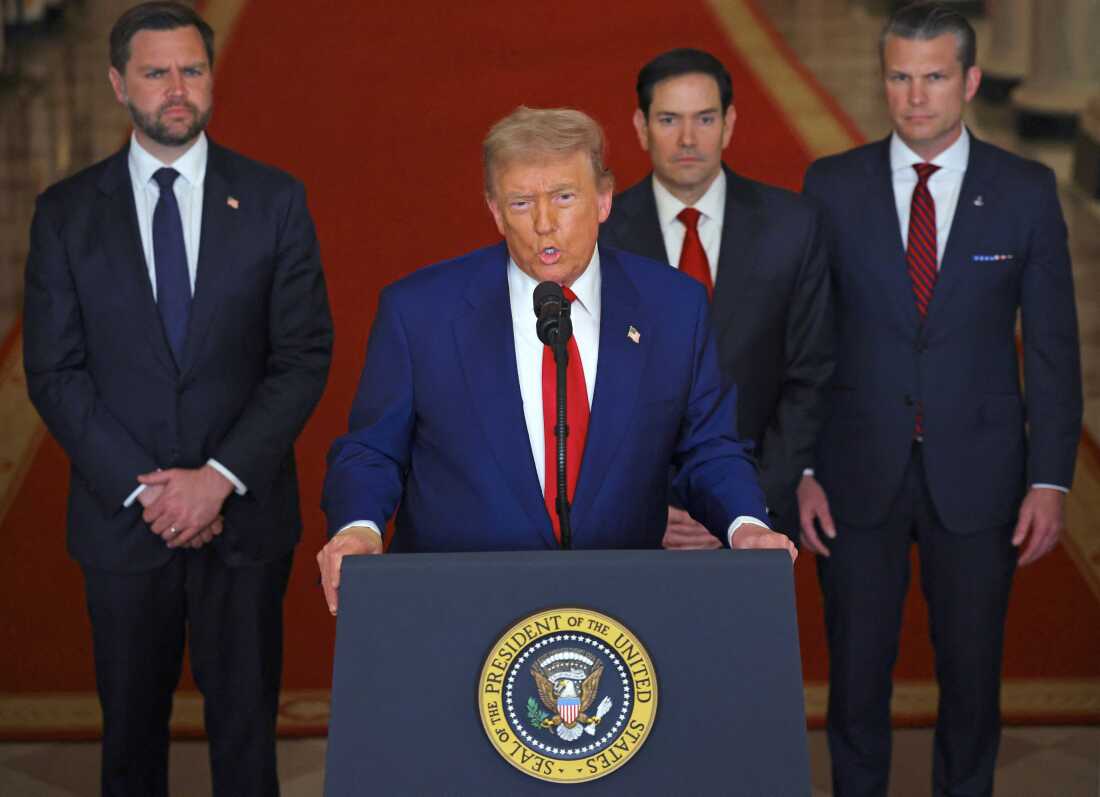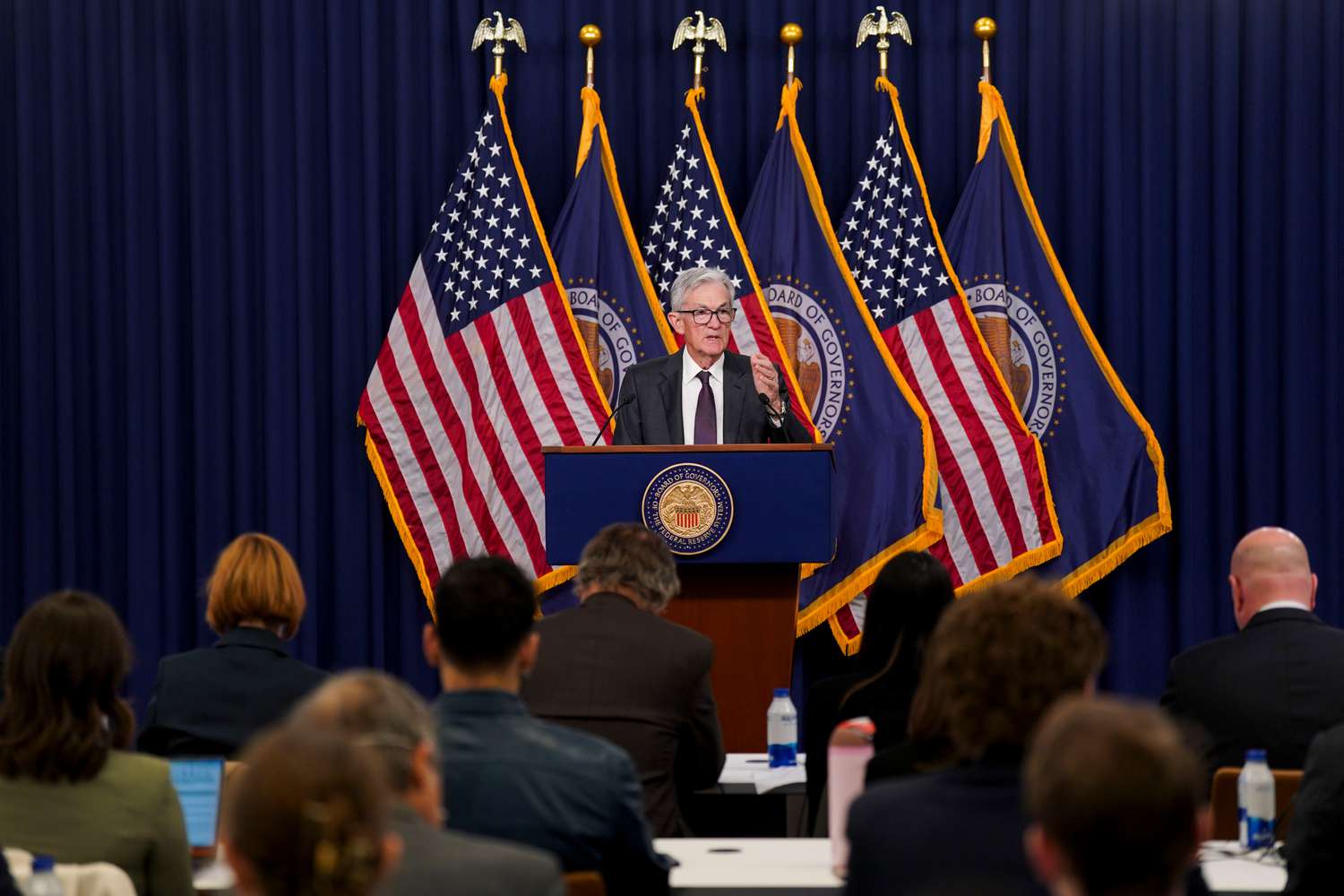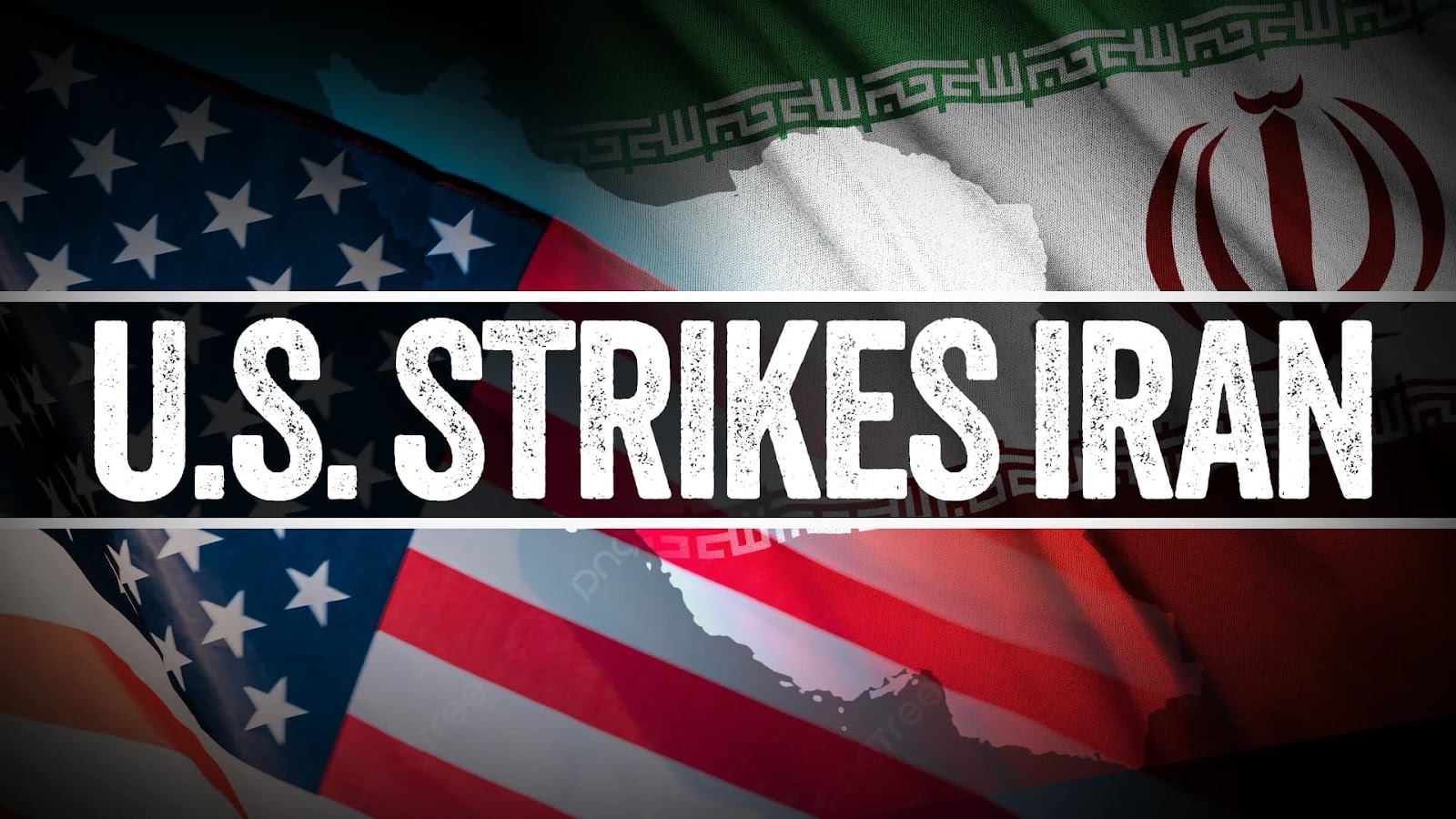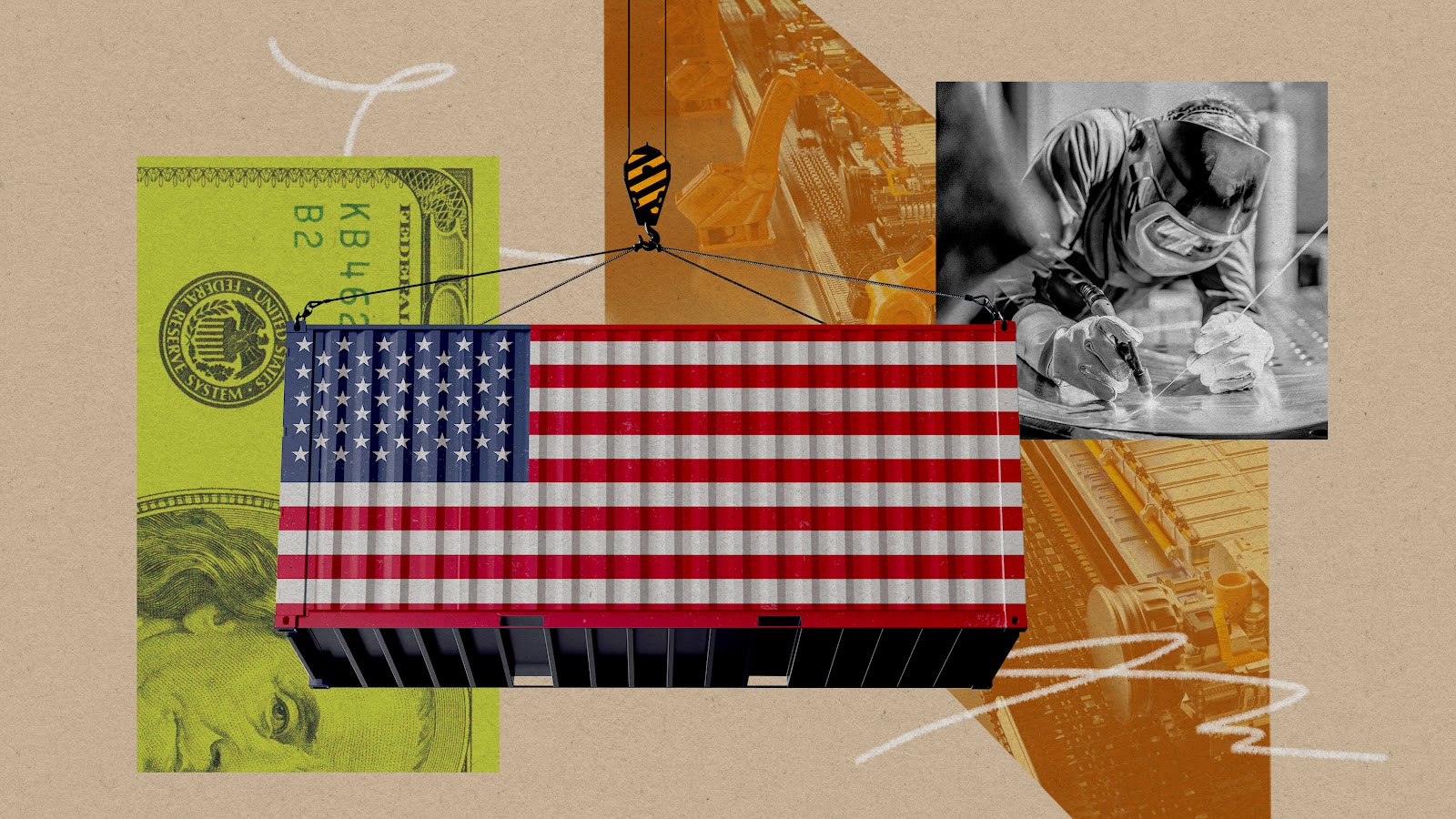
Well, that was an eventful and action-packed month of June. From the US strikes on Iran to developments in markets and the economy, June kept the curveballs coming for investors and political enthusiasts alike.

To recap the first half of the month, trade deals were struck with various nations, including China, to aid in repairing the international trade system and the US's trade relations internationally. The job and CPI data were released for May, which indicated that 139,000 non-farm jobs were gained, as well as the core CPI coming in at 2.8%, suggesting a stable and growing economy and labor force. Also, on June 13, Israeli troops launched missile strikes against Iran, followed by fierce retaliation from Iran, due to extremely high tensions in the Middle East.

On June 22, US B-2 bombers crossed into Iranian airspace and destroyed the Iranian nuclear sites of Fordow, Isfahan, and Natanz. This strike was preceded by numerous days of exchanged attacks between the Israelis and the Iranians. At this moment, President Trump took the initiative of destroying Iran's leverage in the conflict. This move, through its boldness and decisiveness, truly altered the dynamics of the Middle East and the Israeli-Iranian War, favoring Israel and the West. Though this attack did not put an end to the Iranian threat and the war, it did eliminate and subdue Iran's chances of causing worldwide harm and suffering through the use of nuclear weapons.

Throughout June, the US and global markets have experienced a continued rebound from the panic and fear in April, triggered by the reciprocal tariffs imposed by President Trump on April 2. From the aforementioned trade deals to new highs for the S&P, Nasdaq, and some of the Mag 7, such as NVDA and MSFT, tariff woes are at their lowest point in months, leaving markets and economies primed for further growth and prosperity. In line with the Fed, many Republicans and fiscal conservatives have been advocating for the Fed to lower interest rates to spur economic development and growth, given concerns about low inflation. However, the Fed has refused to do so, and many investors and economists wait for future Fed meetings for the possibility of rate cuts.

On the topic of "The One, Big, Beautiful Bill," the House passed its version of the bill successfully in the past month. As of July 1, the Senate continues to hold votes on the bill, after making revisions to the bill passed by the House. Notably, the Senate bill contains an additional $1 trillion in spending. This extra spending, mixed with concerns over. Various topics, including medical cuts and the deficit, have caused difficulties in passing the bill in the Senate. With the July 4 deadline approaching quickly, Republicans in the Senate aim to garner enough support from within their party and beyond to pass the bill and get it to the President's desk as soon as possible for signing into law. By having the President sign the bill in July, the bill's budget will be implemented next year, in time for it to take effect before the 2026 midterms, which Republicans hope will benefit them in that election.

These are the significant and pressing economic and political developments that occurred in June. Stay tuned to hear about further news and more curveballs in July!
Comments
Post a Comment